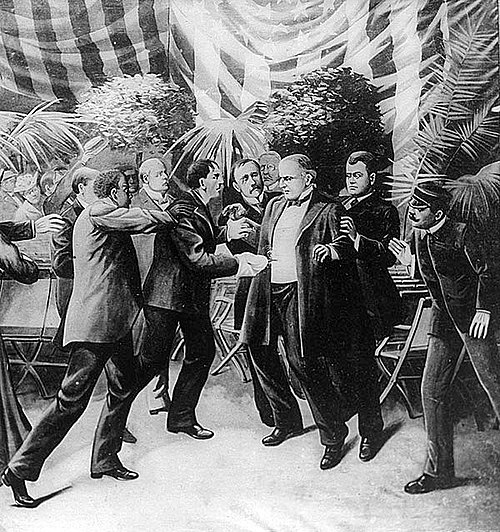Unraveling History: the Motives Behind Assassinations

Throughout the annals of history, assassinations have played a significant role in shaping the course of nations and the world at large. These deliberate acts of violence have been carried out for a multitude of reasons, each shedding light on the complex web of human motivations and ambitions. In this blog post, we will delve into some of the various reasons for historical assassinations, offering insights into the political, ideological, personal, and societal factors that have driven individuals and groups to resort to this extreme measure.
1. Political Power and Leadership
One of the most common motives behind historical assassinations is the desire for political power and leadership. Rulers, monarchs, and political figures who hold significant sway over a nation can become targets when their policies or actions are deemed detrimental to the interests of certain individuals or groups. The assassination of Julius Caesar in 44 BCE is a prime example of this, as a group of Roman senators feared his growing power and perceived tyranny.
2. Ideological Conflicts
Ideological conflicts have often fueled assassinations in history. When two opposing ideologies clash, individuals committed to their cause may resort to assassination to eliminate prominent figures who represent the opposing viewpoint. The assassination of civil rights leader Martin Luther King Jr. in 1968 is a tragic example of how deep-seated racial tensions and ideological divides can lead to violence.
3. Personal Vendettas and Revenge
Personal vendettas and a thirst for revenge have driven individuals to commit assassinations throughout history. These motives are deeply rooted in personal grievances, often stemming from perceived wrongs or injustices. Archduke Franz Ferdinand’s assassination in 1914, which triggered World War I, was the result of a personal vendetta against the Austro-Hungarian Empire by Gavrilo Princip, a member of a Serbian nationalist group.
4. Religious and Sectarian Conflicts
Religious and sectarian conflicts have also been catalysts for assassinations. The schisms between different religious sects or denominations can lead to violence when one group perceives another as a threat to its faith or beliefs. The assassination of Dutch filmmaker Theo van Gogh in 2004 by an extremist Islamist is an example of how religious differences can escalate into violence.
5. Socioeconomic Factors
Socioeconomic factors, such as class struggle and inequality, can drive individuals or groups to assassinate those they perceive as oppressors or symbols of economic disparity. The assassination of Russian Tsar Alexander II in 1881 by a revolutionary group seeking social and political change is a poignant example of how socioeconomic grievances can lead to acts of violence.
Conclusion
Historical assassinations are a somber testament to the multifaceted nature of human motivations and conflicts. Whether driven by political ambition, ideological fervor, personal vendettas, religious differences, or socioeconomic factors, these acts of violence have left indelible marks on the pages of history. Understanding the reasons behind assassinations not only offers insights into the past but also serves as a stark reminder of the need for diplomacy, tolerance, and peaceful conflict resolution in the present and future.
–
———————————————————————-
Joseph LaSorsa, CPP® is currently employed as a senior partner managing and conducting: Protective Operations Training Courses, Executive Protection & Bodyguard Services, Risk Management Consultations & Seminars, Workplace Violence Prevention Seminars & Intervention Services, Security Consultations & Seminars, Private Investigations and Technical Surveillance Counter-Measures with LaSorsa & Associates – an International Protection, Investigations & Consulting Firm.
–
